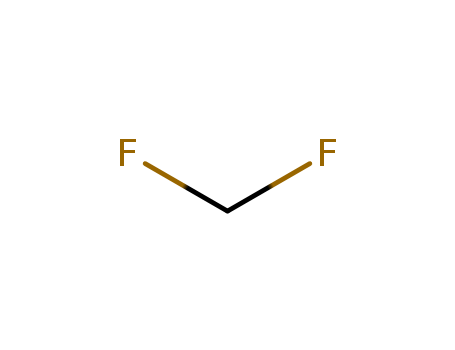10.1016/S0040-4020(01)90086-9
The research focuses on the synthesis of bis(4-amino-6-methyl-2-oxo-2H-pyran-3-yl)arylmethanes (1). The key starting material is 4-amino-6-methyl-2H-pyran-2-one (10), which is synthesized from 4-hydroxy-6-methyl-2H-pyran-2-one (2) through a series of reactions. The researchers initially attempted to synthesize the target compounds by reacting arylbis(4-hydroxy-6-methyl-2-oxo-2H-pyran-3-yl)methanes (2) with ammonia, but this led to the formation of arylbis(4-hydroxy-6-methyl-2-oxo-2H-pyran-3-yl)methanes (4) instead. To overcome this, they explored the use of a good leaving group at the C-4 position and eventually found that using 4-amino-6-methyl-2H-pyran-2-one (10) as a starting material was a feasible alternative. The synthesis involved condensation of 10 with various aromatic aldehydes under catalysis by p-toluenesulfonic acid in toluene, yielding the desired bis(4-amino-6-methyl-2-oxo-2H-pyran-3-yl)arylmethanes (1). The study also involved the synthesis of several intermediate compounds, such as 4-azido-6-methyl-2H-pyran-2-one (12) and 1-(6-methyl-2-oxo-2H-pyran-4-yl)imidazole (14), using different reagents and conditions. The compounds were characterized by spectroscopic and analytical data, providing insights into their structures and properties.
10.1002/jhet.1533
The study, titled "Synthesis of New Azocompounds and Fused Pyrazolo[5,1-c][1,2,4]triazines Using Heterocyclic Components," investigates the synthesis of new azocompounds and tricyclic pyrazolo[5,1-c][1,2,4]triazines using various heterocyclic components. The key chemical involved is 3-methyl-4-phenyl-1H-pyrazol-5-amine, which is diazotized to form pyrazole-3(5)-diazonium chloride. This diazonium salt undergoes azocoupling reactions with a variety of heterocyclic compounds, including barbituric acid, thiobarbituric acid, 2-hetarylpyrimidine-4,6-diones, 4-hydroxy-6-methylpyridin-2(1H)-one, 4-hydroxy-6-methyl-2H-pyran-2-one, 4-hydroxy-1-p-tolyl-1H-pyrazole-3-carboxylic acid ethyl ester, 1,3-thiazolidine-2,4-dione, and 2-thioxo-1,3-thiazolidin-4-one. These reactions yield new pyrazolylazo derivatives and fused pyrazolo[5,1-c][1,2,4]triazines through subsequent heterocyclization processes. The study explores the synthetic potential of these heterocyclic components in azocoupling reactions, highlighting their potential applications in industrial azo dyes, analytical indicators, and bioactive compounds related to purines.



 F
F
 F:Flammable;
F:Flammable;

